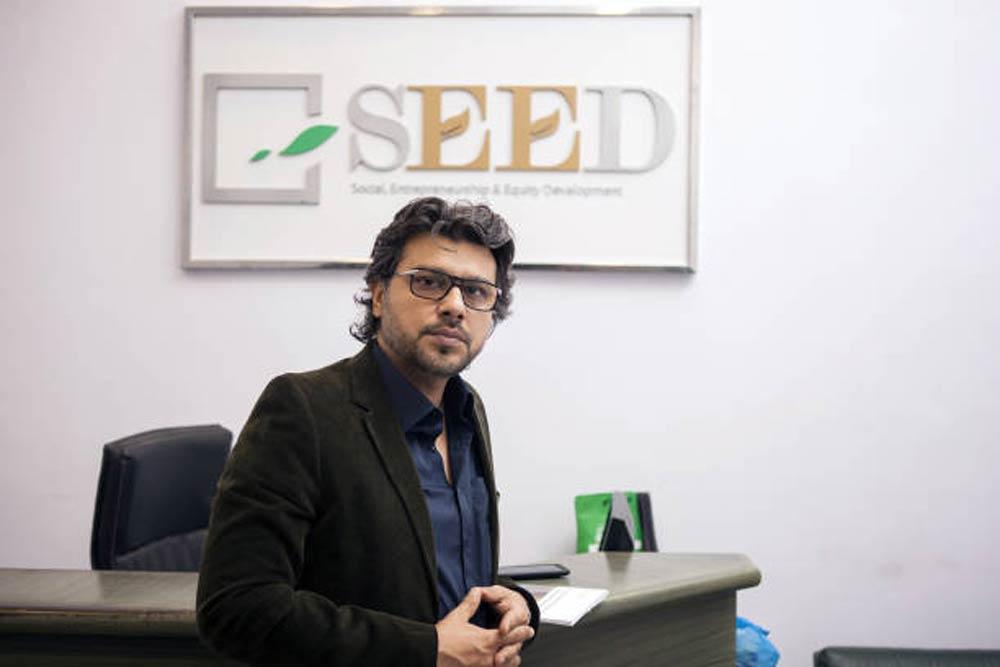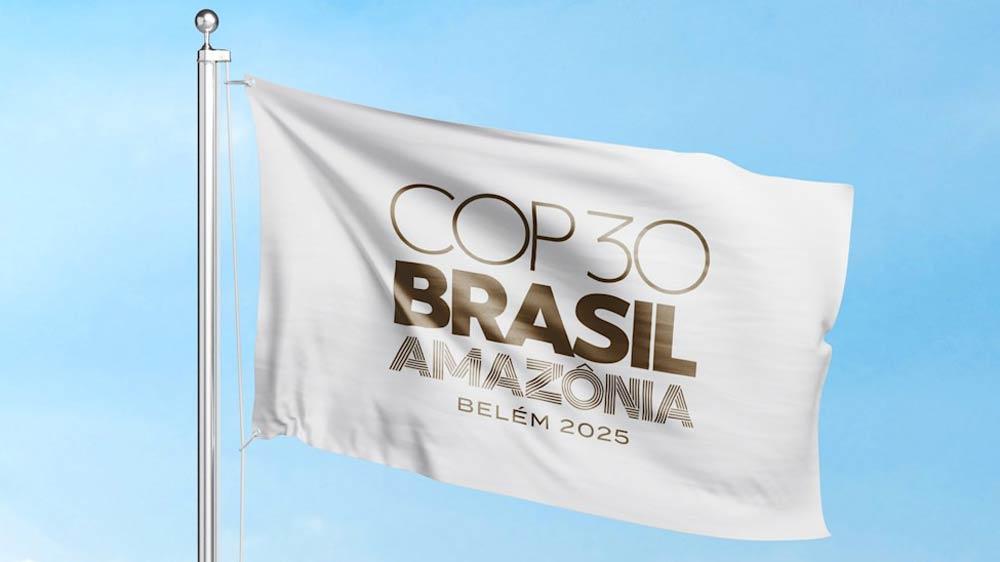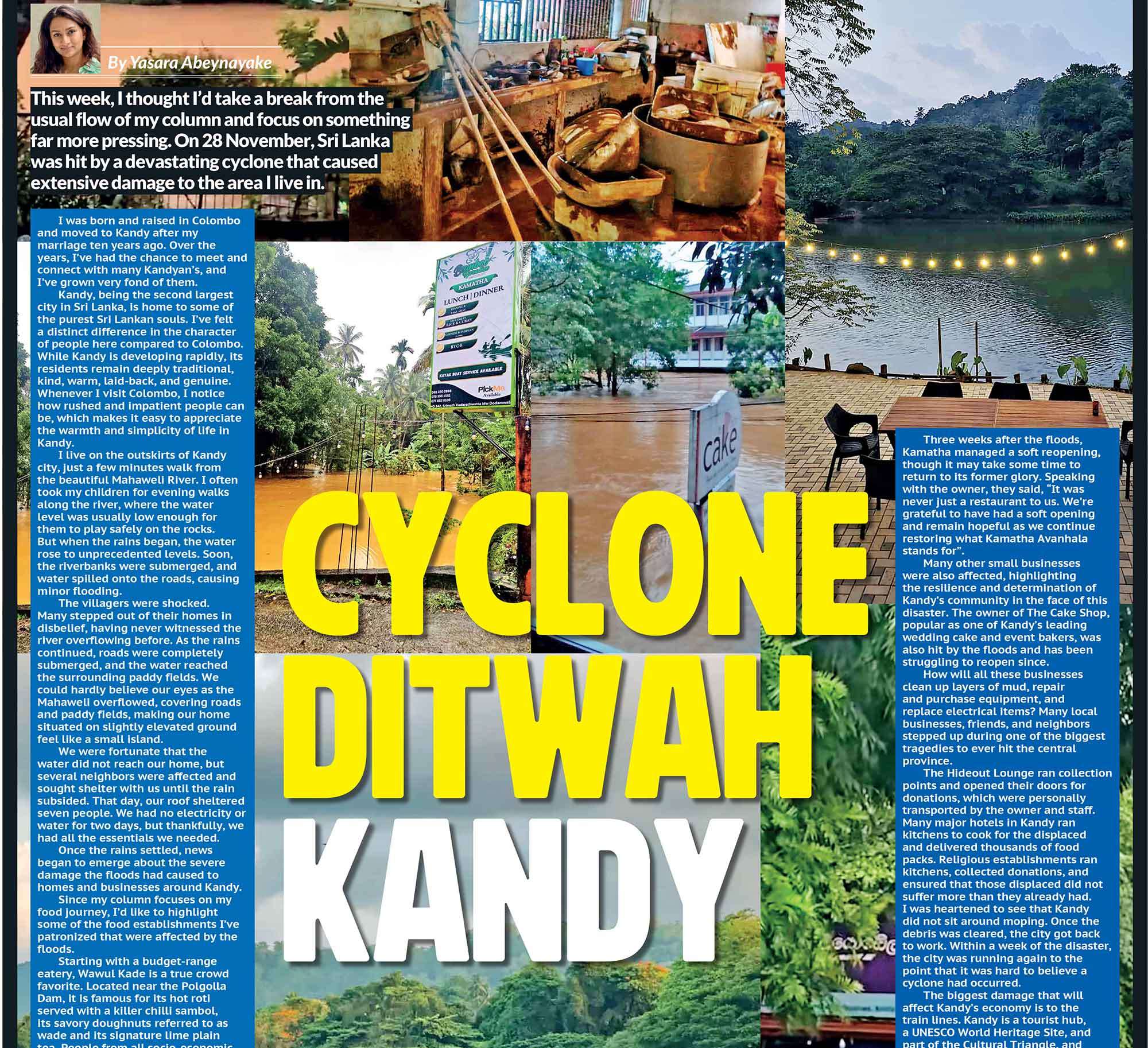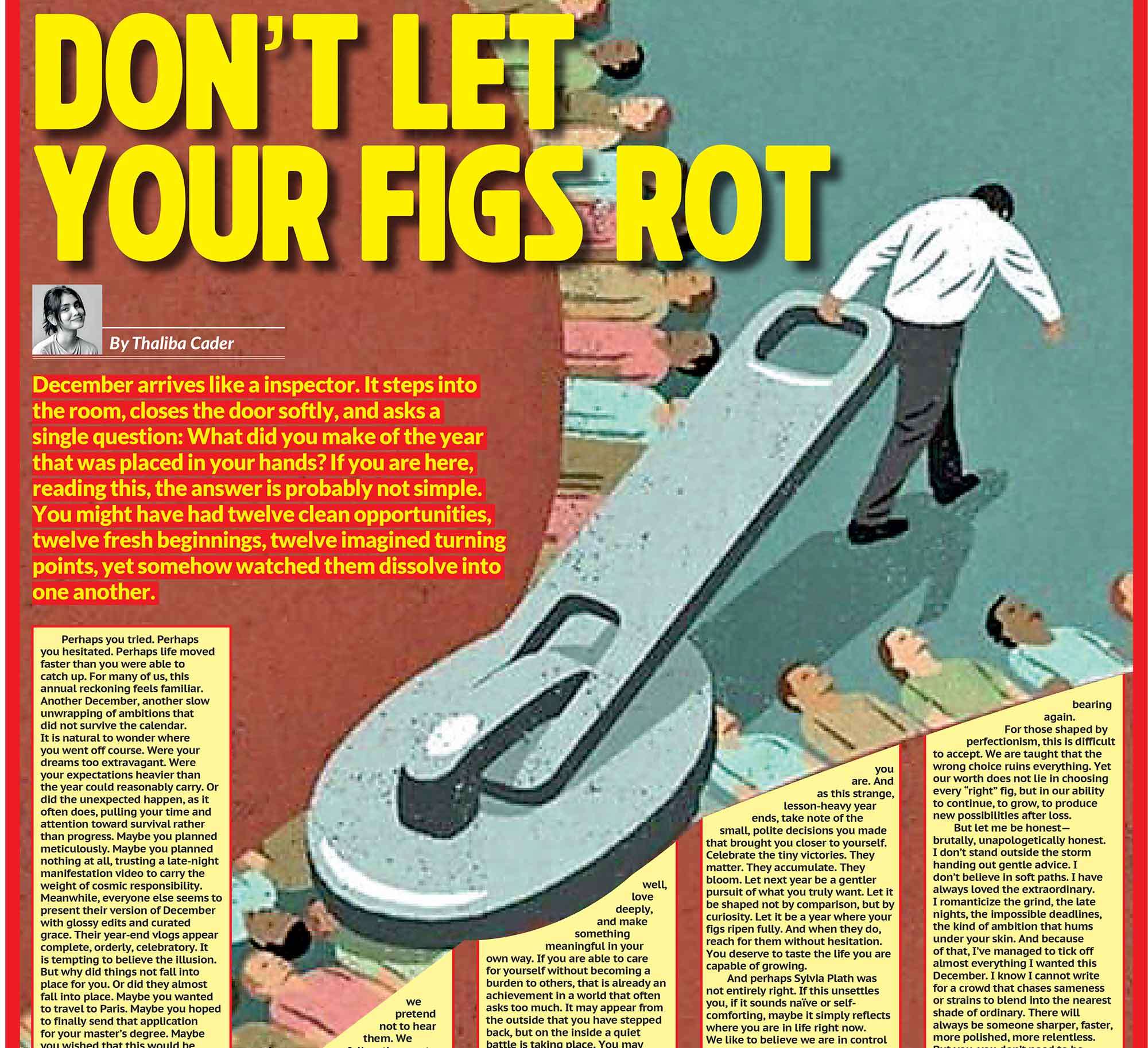

In Parts One and Two, we explored how to access climate finance and what diplomatic strategies can make COP30 work for vulnerable nations. In this third installment, we turn to what matters most: practical resilience for Sri Lankan businesses, communities, and people on the frontlines of climate change. SMEs and Informal-Sector Resilience
Given a hypothetical situation: a small garment factory owner with 50 employees wants to stay compliant with ESG standards but has limited resources. What three low-cost, high-impact actions can they take within a year to build resilience and meet sustainability expectations?
Even with limited funds, a small garment factory can take several impactful steps.
First, cut energy and water waste. This saves money and meets environmental goals. Switching all lighting to LEDs and optimizing machine use can slash electricity consumption; LEDs last longer and use far less energy. A simple self-audit, using free templates online, will show where power is lost. Second, manage waste and chemicals wisely. Start basic segregation and recycling; partner with a local recycler for fabric scraps. If dyeing is involved, install a low-cost effluent filter or treatment system. Beyond responsibility, it prepares you for stricter audits and future regulation. Third, invest in people and safety. Often overlooked yet central to ESG’s “social” side. With minimal cost, hold short sessions on health, safety, and sustainability, and appoint a small in-house green team to lead ongoing improvements.
Sri Lanka’s informal workforce; street vendors, farmers, fishers, is highly exposed to climate shocks. What safety nets or financial tools could protect their livelihoods without adding new burdens?
Safeguarding informal workers’ demands creative, low-barrier tools. One option is micro-insurance tied to climate risk. Weather-index insurance, already used for crops and fishing days, triggers payouts automatically, for example, when rainfall drops below a set level or a cyclone occurs, avoiding lengthy claims. Another is emergency cash-grant funds at community or municipal level, acting as climate contingency pools. After a severe flood, registered informal workers could quickly receive small grants to restart work. And strengthening cooperatives and savings groups matters. Many already run rotating savings schemes; adding a “climate-emergency pot” lets members contribute a few rupees weekly into a shared, interest-free relief fund. Local, simple, and fast.
As global supply chains tighten ESG compliance, small Sri Lankan suppliers risk exclusion. Should international buyers share responsibility for funding sustainability upgrades? What would a fair model look like?
Yes, shared responsibility is essential. Many garment or tea producers run on thin margins; if Western brands impose strict ESG rules without support, they could push suppliers out. A fair model is partnership-based co-investment. For instance, a global brand could help finance solar panels or efficient dyeing machines instead of expecting suppliers to pay alone. Programs like IFC’s Partnership for Cleaner Textile in Bangladesh, where brands such as H&M and Levi’s co-fund upgrades, offer a model. Sri Lanka could adopt a “Green Supply-Chain Fund,” where buyers contribute a small share of each contract into a pool offering low-interest loans or grants for compliance improvements. Equally vital is technical support. Buyers have the expertise; deploying consultants as collaborators, not inspectors, builds trust and results. Imagine a brand funding energy-management workshops for its Sri Lankan suppliers, that’s shared responsibility in practice. Longer-term contracts would also help suppliers invest confidently in sustainability.
Many corporations promote eco campaigns and recycling drives as CSR. How much of this creates genuine impact versus branding, and how can actions move beyond optics to measurable outcomes?
There’s plenty of greenwashing in today’s corporate CSR. Many “eco-friendly” drives barely move the needle. Still, some firms embed real impact into operations; distinguishing them takes scrutiny. The difference lies in measurement and transparency. If a company claims to plant 10,000 trees or run a zero-waste office, we need data and third-party verification. Independent assessments and published results separate substance from spin. Authenticity shows when companies invest real resources to reform their core business, not just sponsor feel-good campaigns.
Preparing for the Next Decade
Briefly outline what resilience means for each major sector; agriculture, coastal tourism, fisheries, urban informal economies, and manufacturing, and the single most critical step each should take this decade.
Resilience demands sector-specific, proactive adaptation:
- Agriculture: expand micro-irrigation and restore village tanks; use drought-resistant seeds; diversify crops; back smallholders through training, crop insurance, and buy-back schemes.
- Coastal tourism: enforce and extend setback zones; relocate at-risk structures; restore mangroves, reefs, and dunes as natural shields; diversify tourism inland.
- Fisheries: strengthen storm warnings and safe harbors; create off-season livelihoods like aquaculture; manage catches through community rules, protected breeding zones, and index-based weather insurance.
- Urban informal economies: implement heat-action plans, expand shade and clinics, and upgrade drainage and housing in flood-prone settlements via community retrofits.
- Manufacturing: embed climate-risk assessments; invest in efficiency, renewables, and water recycling; ensure parks have backup utilities and flood defenses; relocate critical equipment and diversify suppliers.

Where can private innovation truly support adaptation for Sri Lankan communities, and where is public-sector leadership still required?
The private sector can drive adaptation innovation. Tech firms already develop drought-resistant seeds, and fintech startups deliver micro-insurance through mobile apps. In Sri Lanka, companies can deploy weather-alert systems, affordable solar kits, and smart irrigation, while banks create loan products for resilience upgrades. Yet many needs, like seawalls or relocating high-risk villages, aren’t profitable. Globally, less than 3% of adaptation finance comes from private sources; the public sector still carries the load because returns are long-term. Government must lead on public goods; national warning systems, water infrastructure, and social safety nets and set regulations so private projects don’t harm communities. Public funds should also de-risk private capital through partial loan guarantees for resilient housing. In essence: let private innovators invent and scale, and let public authorities enable, regulate, and invest in big, non-commercial projects so individual efforts add up to national resilience.
From Commitments to Measurable Action
What systems should Sri Lanka and similar nations demand at COP30 to hold global commitments accountable; penalties, independent monitoring, or mandatory progress reports?
COP30 must deliver an accountability system with real bite. Create an independent expert panel under the UN climate convention to monitor emissions and finance pledges; publish plain-language report cards highlighting shortfalls; e.g., a $100 million pledge delivering $10 million. Require annual progress updates on emissions, finance delivered, and adaptation achieved. Trigger questioning at the next COP for any non-submission or backsliding. Consequences could include restricting serial laggards from chairing key bodies. Add a naming-and-shaming list of top over- and under-performers, formalize civil-society scrutiny by integrating observer analyses like Climate Action Tracker into official records, and empower the Paris compliance committee to recommend remedies for serious defaults. Bottom line: move from an honour system to measured, transparent peer enforcement, with Sri Lanka rallying allies to lock it in.
What can Sri Lankan local governments, businesses, and communities do within 6–12 months to build resilience, even if international finance delays persist?
Even without global funds, local action matters now. Local governments can map vulnerability hotspots, improve drainage, and enforce building codes. Businesses should run climate drills, reduce utility risks with rainwater tanks, better insulation, and, if needed, backup power.
Communities can form adaptation committees and start one tangible project: plant 500 mangroves (seedlings are available through UNEP programs), build drought-resistant seed banks, or create rooftop gardens for food and cooling. Training with the Red Cross or disaster agencies enhances readiness; enforcing no-build zones and maintaining infrastructure prevents losses. Volunteer rescue teams and drills literally save lives. Checklist: prepare infrastructure, conserve water and energy, organize response networks, and protect local ecosystems.
What indicators should journalists and activists track annually to measure real climate progress beyond policy statements?
We must track tangible indicators that reveal true progress or regression. Journalists and activists should publish an annual climate scoreboard focusing on:
- Emissions and energy mix: are greenhouse gases falling? what share of power is renewable? is Sri Lanka on track for 70% renewables by 2030?
- Adaptation outcomes: number of people displaced, disaster losses as % of GDP, and completed functioning projects such as the Hambantota irrigation scheme.
- Climate finance: funds actually received versus pledges, and changes in domestic spending.
- Sector resilience: farm yields or incomes in affected zones, reservoir levels, irrigation coverage, and health indicators like dengue or heat-illness trends.
- Global context: CO₂ concentration and temperature trajectory; currently a ~3.1 °C path per the UN Emissions Gap Report and how Sri Lanka’s ambition aligns.
- Accountability: NDC targets on track, with a “10-promise report card” (e.g., installed solar capacity promised vs. achieved).
In short: follow the money, the emissions, and the impacts to expose greenwash and ensure real progress.
Next week, in our final installment, Part Four, we explore the intersection of technology and sustainability, the role of indigenous wisdom in climate action, and Faraz Khan’s candid reflections on generational responsibility and what gives him hope for the future.













